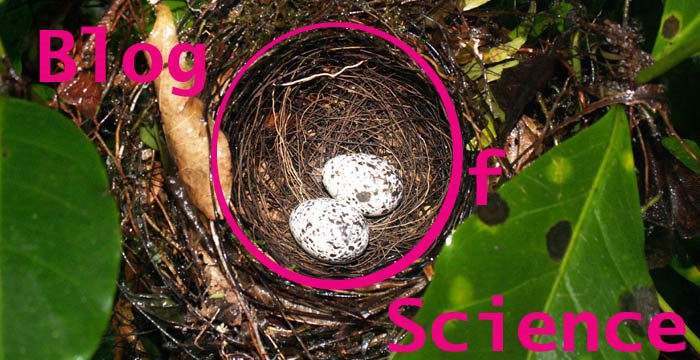We determined the amount of standing biomass of kudzu (Pueraria montana var lobata) in naturally infested fields in Maryland and Alabama, USA. At each site, we evaluated the carbohydrate content of roots, stems, and leaves. For a third site from Georgia, we evaluated the carbohydrate content of kudzu roots of varying diameters. Belowground biomass in Alabama exceeded 13 t ha−1, and contained an average of 37% fermentable carbohydrates (sucrose, glucose, and starch). Roots from Georgia of all size classes contained over 60% fermentable carbohydrates. Biomass and carbohydrate levels in roots from Maryland were low compared to plants growing in Alabama and Georgia, producing 5 t ha−1 of roots with 20% non-structural carbohydrate. Stems from Alabama and Maryland contained 1–3% carbohydrates. Based on the yield and carbohydrate content, we estimate wild kudzu stands in Alabama and Georgia could produce 5–10 t ha−1 of carbohydrate, which would rival carbohydrate production from maize and sugar cane fields. If economical harvesting and processing techniques could be developed, the kudzu infesting North America has the potential to supplement existing bioethanol feedstocks, which could be of significance to the rural economy of the southeastern USA.
Further consider this economical processing technique, from next month's PNAS:
Abundant plant biomass has the potential to become a sustainable source of fuels and chemicals. Realizing this potential requires the economical conversion of recalcitrant lignocellulose into useful intermediates, such as sugars. We report a high-yielding chemical process for the hydrolysis of biomass into monosaccharides. Adding water gradually to a chloride ionic liquid-containing catalytic acid leads to a nearly 90% yield of glucose from cellulose and 70–80% yield of sugars from untreated corn stover. Ion-exclusion chromatography allows recovery of the ionic liquid and delivers sugar feedstocks that support the vigorous growth of ethanologenic microbes. This simple chemical process, which requires neither an edible plant nor a cellulase, could enable crude biomass to be the sole source of carbon for a scalable biorefinery.

